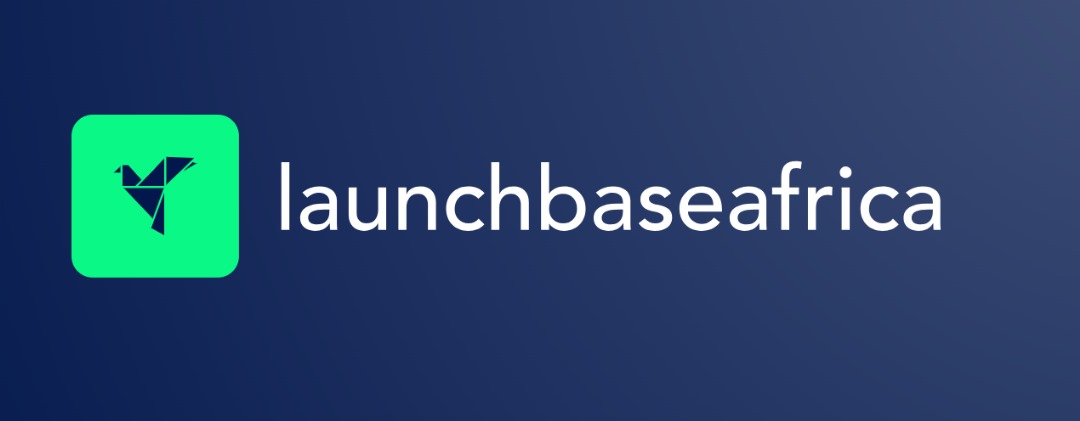Forget outdated narratives about data scarcity. A quiet revolution is underway across Africa, with several nations making huge strides in making their official statistics open and accessible. Morocco, Burkina Faso, and Senegal are now among the world’s top 35 performers for data openness, signalling a major shift in the continent’s digital landscape.
According to the latest Open Data Inventory (ODIN) report for 2024–2025, Africa as a whole has seen the fastest regional improvement globally, with average scores jumping by 23% since 2022. This surge is creating a more fertile ground for investors, tech startups, and policymakers who rely on credible data to make informed decisions.
Why open data matters
For decades, getting reliable, comparable, and timely data from many parts of Africa has been a major headache for everyone from startup founders building AI models to development banks deciding where to invest billions. Open data changes that.
When a national statistics office makes its economic, social, and demographic data publicly available in a machine-readable format, it unlocks a wave of opportunities.
- For startups: Fintech and agritech companies can build more accurate models for credit scoring or crop yield prediction.
- For investors: Access to clear macroeconomic indicators reduces risk and builds confidence.
- For governments: Better data leads to more effective policies, improved public services, and greater transparency.
This push is about building the foundational infrastructure for the continent’s growing digital economy.
The engine room: A common language for data
A key driver behind this transformation is the adoption of a global standard called Statistical Data and Metadata Exchange (SDMX). Think of SDMX as a universal language for statistics. It allows data from a statistics office in Senegal to be seamlessly read, compared, and integrated with data from the World Bank or a regional body. This eliminates inconsistencies and speeds up data sharing.
Backing this standard is the African Development Bank (AfDB) through its Open Data Platform. The recently upgraded platform, developed under the Africa Information Highway initiative, is built to use SDMX natively. It provides countries with a tool to make their data systems more interoperable and accessible, preparing them for emerging technologies like artificial intelligence that feast on large, well-structured datasets.
A coordinated push for standardisation
This progress isn’t happening by accident. It’s the result of a coordinated effort by African institutions and their international partners.
In late July 2025, the AfDB, the African Union’s statistics institute (STATAFRIC), and the UN Economic Commission for Africa (UNECA) gathered more than 40 officials from 16 countries in Addis Ababa. The week-long workshop focused on hands-on training for SDMX and the Open Data Platform, aiming to build the technical capacity needed to modernise the continent’s data ecosystems from the ground up.
The collaboration, which also includes the IMF, World Bank, and FAO, signals a unified commitment to accelerate the adoption of these new standards across all African nations.
By the numbers: Africa’s progress
The ODIN 2024–2025 report provides concrete evidence of the momentum:
- Top Performers: For the first time, three African countries scored above 75 out of 100: Morocco (77.3), Burkina Faso (76.8), and Senegal (75.3).
- High Achievers: The number of African countries scoring above 60 has quintupled, rising from just two in 2020 to ten today.
- Regional Leader: Africa recorded the highest regional increase in average scores globally between 2022 and 2024.
This milestone demonstrates a clear trend: African institutions are not just talking about data; they are systematically building the tools and skills to strengthen statistical capacity and drive development through better, more open information.


